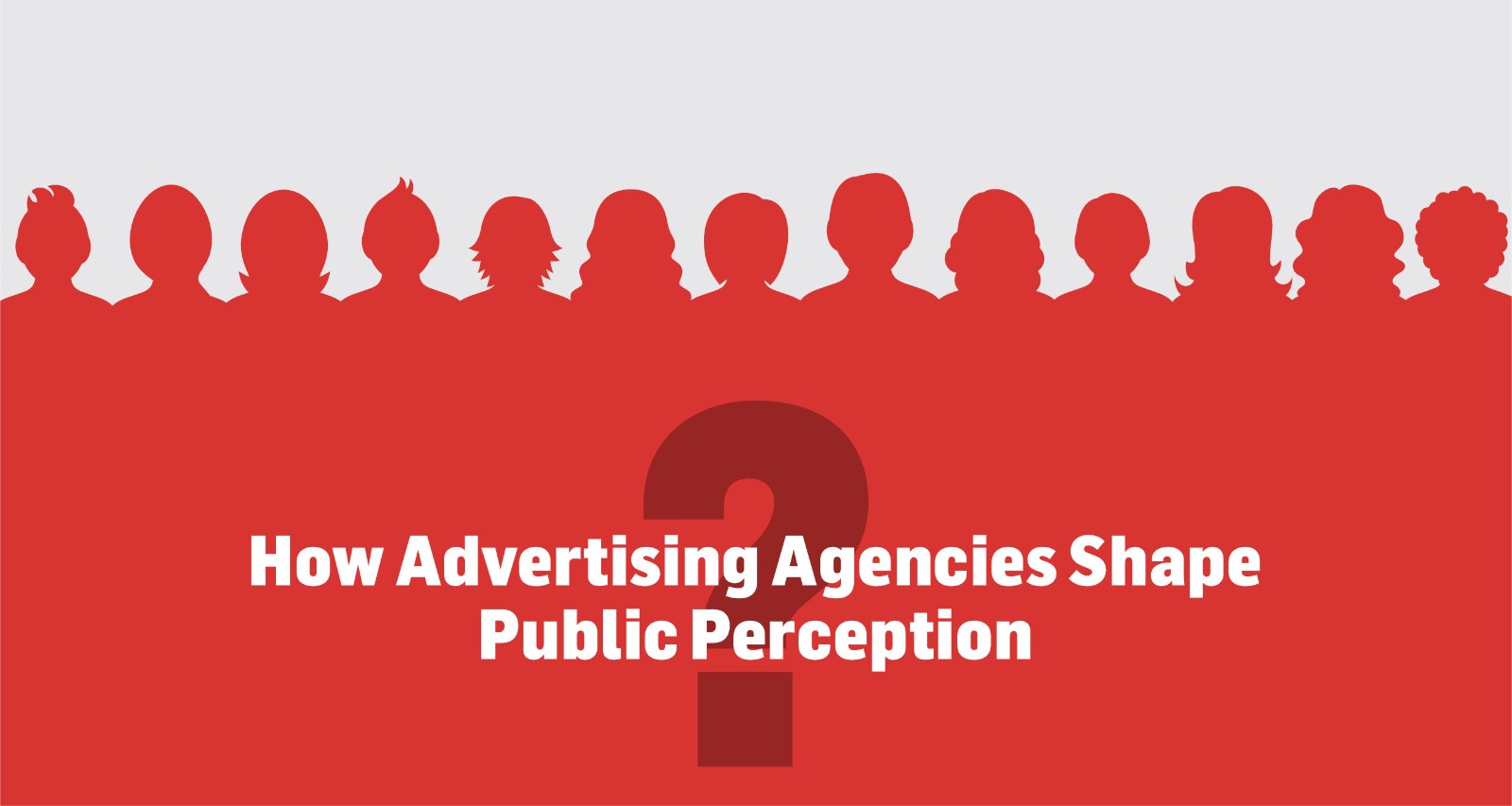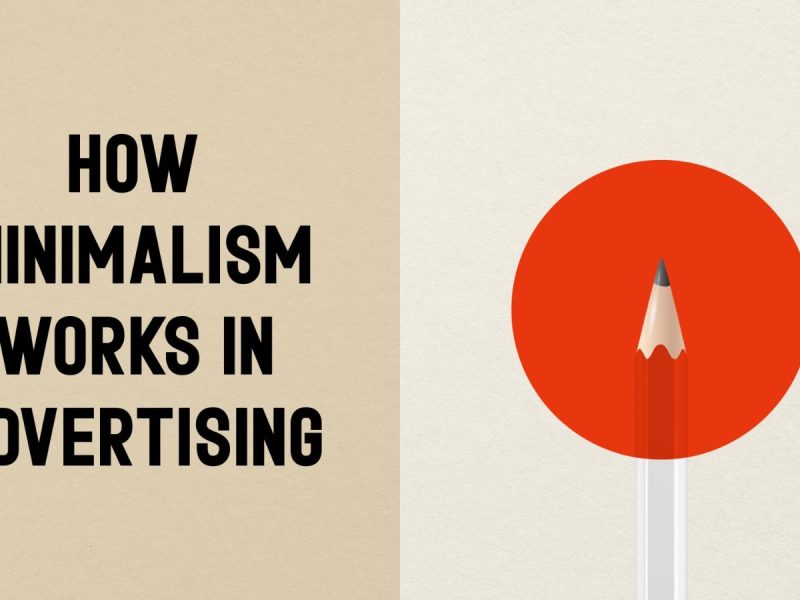
Communicating Governance: How Advertising Agencies Shape Public Perception
Introduction – Who Shapes the Story of Governance?
When you see a government scheme on television, a catchy slogan online, or an emotional video about public service, do you ever wonder who created it? Is it only the government speaking, or is there another hand at work? In India, much of what we see about governance is not accidental communication. It is carefully crafted by advertising agencies who polish, package and project government messaging to the public. From slogans like Abki Baar Modi Sarkar to influencer campaigns for Beti Bachao, advertising agencies have become powerful storytellers of policy and politics. The question is what does this mean for democracy and for you as a citizen?
The Roots: Partnerships Between Government and Agencies
Government communication in India has always leaned on creative expertise. It began with the Directorate of Advertising and Visual Publicity in 1942 which managed official ad spending for decades. Today its successor, the Central Bureau of Communication, goes far beyond print and television. It works with creative agencies, YouTubers and regional content creators to promote schemes such as Ujjwala or Beti Padhao, ensuring messages reach both metros and villages.
From Television to Reels: The Digital Turn
Traditional media was once the king but the focus has shifted. The Ministry of Information and Broadcasting cut back heavily on television and print advertising, moving funds into digital. Platforms like YouTube, Instagram Reels and WhatsApp groups have become prime spaces for outreach. Here too, advertising agencies play a key role by strategising, creating short videos and partnering with influencers to connect with youth, women and first time voters.
Political Campaigns: When Advertising Becomes Strategy
Indian politics offers striking case studies of advertising in action. Campaigns like India Shining, Aam Aadmi Ko Kya Mila, Abki Baar Modi Sarkar, or Congress with its Nyay anthem were not just political messages. They were carefully designed advertising strategies filled with emotion, timing and repetition. These campaigns show how an advertising agency’s creativity can shape not just votes but public memory.
The Tools of Storytelling
Agencies use a familiar creative toolbox:
- Framing: highlighting only parts of a policy to guide interpretation
- Emotion: weaving in hope, pride or fear
- Narrative: turning leaders into heroes or policies into journeys
- Micro targeting: tailoring content to Gen Z, rural women or urban professionals
These are the same techniques used to sell brands but here the brand is governance itself.
Power and Ethical Concerns
This power raises questions. Investigations have shown advertising agency cartels fixing prices which undermines transparency. At times, agencies may help governments present a polished picture while hiding gaps in delivery. The Advertising Standards Council of India tries to enforce truth in advertising but monitoring political and governance messaging is far more complex. Paid news further blurs the line between journalism and sponsored content which makes citizens wonder what is authentic.
The Wild West of Digital Propaganda
Digital platforms add new layers. From influencers pushing government messages without disclosure to fake Facebook pages, WhatsApp forwards and trending hashtags, agencies and contractors can shape perceptions at massive scale. This space is less regulated which makes digital advertising agencies both powerful and controversial actors in governance communication.
Pushback and Civic Voices
But it is not one way traffic. Civil society and citizen platforms are reclaiming space. Initiatives like MyCityMyBudget by Janaagraha or Delhi’s Bhagidari framework invite citizens into governance conversations. Independent media outlets and online creators also challenge the dominance of managed narratives. In this push and pull, the citizen’s role is becoming central once again.
Conclusion – Why Should Citizens Care?
Advertising agencies today do more than sell products. They sell stories of governance, wrap policies in creative campaigns, and often shape how people feel about leaders or schemes. This influence can inspire but it can also blur reality.
So the next time a government scheme appears in your feed, pause and ask:
- Who created this message, the ministry or an advertising agency
- Is this information or persuasion
- Are my views my own or guided by clever creative strategy
In the end, governance communication needs both creativity and honesty. Citizens must stay alert, question the packaging and demand accountability. After all, advertising agencies may frame the story but it is the people who must write its truth.




